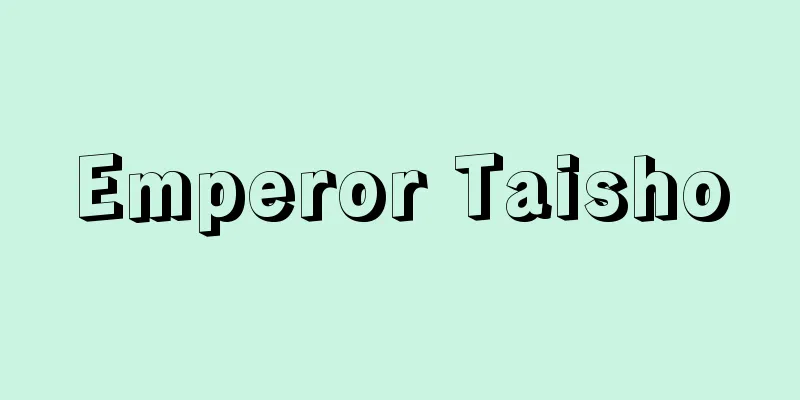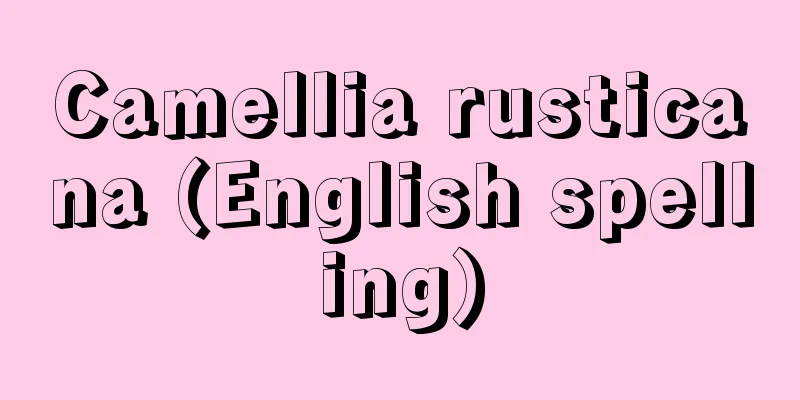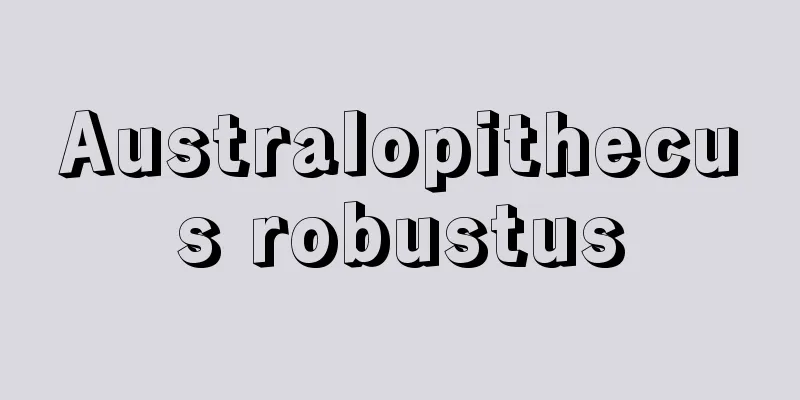Cleaning - Souji

|
In order to live comfortably, it is important to remove dust and keep the inside and outside of the home clean. This includes organizing belongings and taking care of the house, as well as arranging the interior in a tasteful way and preparing the house as a place for children's education. Traditionally, Japanese houses were made of wood, bamboo, and paper, and they relied mainly on plant-based foods, so the dirt was light. Therefore, dirt could be removed by sweeping with a broom, dusting, wiping with a rag, or using lye as a detergent. In contrast, Western houses were poorly ventilated and lighted due to the materials they were made of, and were heavily soiled by soot and ash from coal heating, and by the fact that the people were pastoralists, from the processing of livestock and the smoking of sausages. Furthermore, because the European continent is connected by land, infectious diseases such as the plague and cholera spread very quickly. Therefore, thorough cleaning was necessary to prevent these diseases, and cleaning methods using chemicals such as ammonia, chlorine, organic acids, and alcohol were researched and developed early on. In 18th century England, cleaning methods were already being practiced that were almost the same as they are today. In Japan, the westernization of lifestyles began around the time of the Meiji Restoration, but full-scale western-style cleaning only began after World War II. In other words, it was only after synthetic cleaning detergents were released in 1960 (Showa 35). Today, the use of acids, alkalis, solvents, chlorine, etc. has become widespread, and cleaning methods are now almost at international standards. There is also the traditional custom of cleaning up after one's death, usually in the spring or autumn, or at the end of the year, and sometimes this is carried out simultaneously by each district. [Setsuko Nishikawa] [Reference] |Source: Shogakukan Encyclopedia Nipponica About Encyclopedia Nipponica Information | Legend |
|
快適な生活をするため、ちりを取り除いて住まいの内外を清潔にすること。また持ち物の整理や家屋の手入れのほか、室内を趣味よくしつらえて、子供の教育の場としての家を整えることなどもこれに含まれる。古来日本の家屋は、木、竹、紙から成り立ち、主として植物性の食物に依存してきたため、汚れの質が軽い。したがって、ほうきで掃く、はたきをかける、あるいは雑巾(ぞうきん)で拭(ふ)くなど、また洗剤としては灰汁(あく)を用いる程度で汚れを取り除くことができた。これに対し西洋の住居は、その材質から通風も採光も悪く、石炭暖房による煤(すす)や灰、牧畜民族であることから家畜の処理やソーセージなどの薫煙作業など、汚れが重質性であった。さらにヨーロッパ大陸は地続きであるため、ペストやコレラなどの伝染病が非常に早く広がった。そこで、これらを防ぐためには徹底的な掃除が必要であり、早くからアンモニア、塩素、有機酸、アルコールなどの化学薬品を使った掃除法が研究され、発達してきた。18世紀のイギリスでは、すでに現在とほとんど変わらない掃除法が行われていた。 日本の場合は、文明開化のころから生活様式の洋風化が始まったが、本格的な洋風式の掃除は第二次世界大戦後である。つまり、掃除用合成洗剤が1960年(昭和35)に発売されて以来のことである。現在では酸、アルカリ、溶剤、塩素などの使用が普及して、ほぼ国際水準に近い掃除ができるようになった。 また、昔からの風習として大掃除がある。普通、春か秋、または年末に、地区ごとに一斉に行われることもある。 [西川勢津子] [参照項目] |出典 小学館 日本大百科全書(ニッポニカ)日本大百科全書(ニッポニカ)について 情報 | 凡例 |
>>: Similarity - Souji (English spelling) similar
Recommend
River-soaked rice cakes - Kawabitarimochi
Rice cakes made on the day of immersion in the riv...
Halftone - Amihan
A printing plate in which the shades of a photogr...
Kenkichi Ishiyama
1882-1964 A publisher from the Taisho to Showa er...
Al-Muwaid Dynasty
The largest Berber dynasty (1130-1269) that ruled...
Kyzylkum Desert (English spelling: Kyzylkum Desert)
A desert that straddles Uzbekistan and Kazakhstan...
Secret Inspector - Anglerfish Inspector (English: amhaeng-ǒsa)
The name of the special inspector appointed in the...
Ferromagnetism
A magnetic material that has spontaneous magnetiz...
Hokoji Temple
It stands alongside Toyokuni Shrine in Chayamachi,...
Cheirotonus macleayi - Cheirotonus macleayi
An insect of the family Scarabaeidae in the order ...
Padmasambhava - Padmasambhava (English spelling)
Date of birth and death unknown. A high priest of...
Varicose veins
What is the disease? Many of the veins on the sur...
Observation envoy - Observation officer
One of the Ryogen no Kan (officials outside the l...
Futagaoka - Narabigaoka
A hill in Omuro, Ukyo Ward, Kyoto City. Ichinooka ...
fault trough
...A basin with a linear foothill line bounded by...
Morning God Play - Asagami Asobi
...The first day of the festival is called "...









